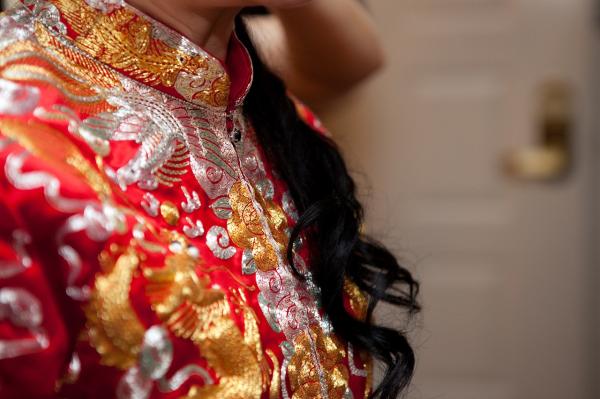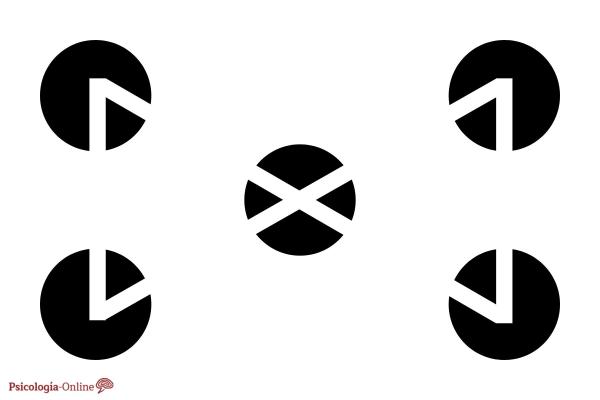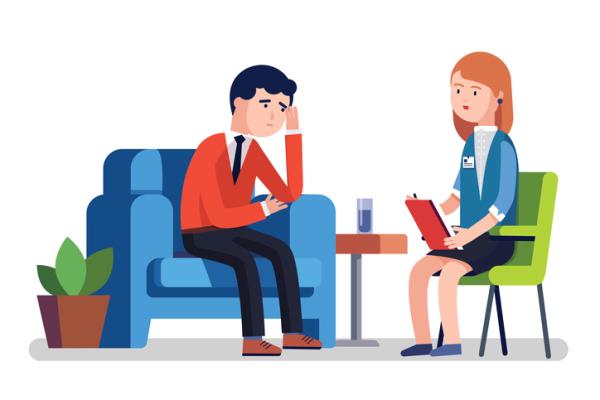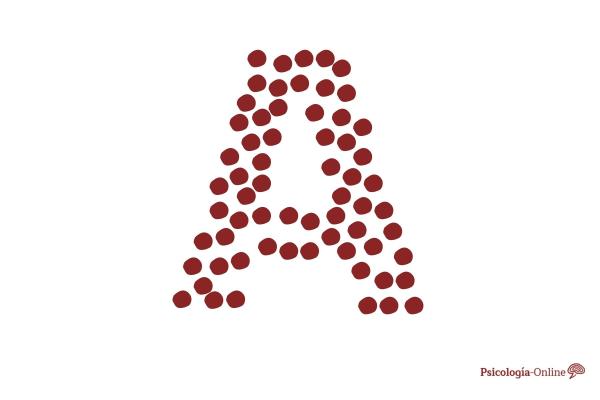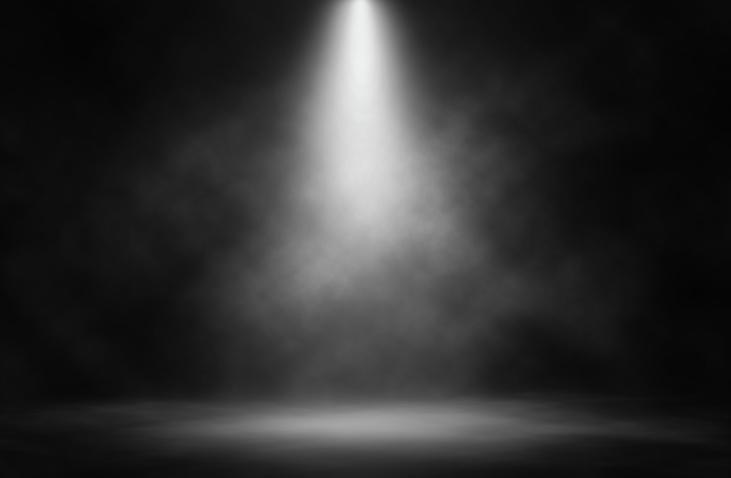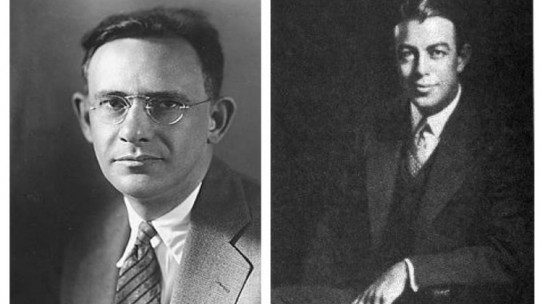In psychology, the color beige represents neutrality, simplicity and calm. It is associated with relaxation, stability and lack of intense stimuli, providing a feeling of comfort. Colors have, to a lesser or greater extent, the power to influence our mood so much.(1) as in our emotions, perceptions and attitudes. And beige, discreet and earthy in nature, is no exception.
How does this color affect us? What is the meaning of the color beige in psychology? In this PsychologyFor article, we tell you the meaning of the color beige in psychology and we delve into its spiritual, biblical and commercial value. Ready?
Psychological meaning of the color beige
Soft, discreet and neutral, beige belongs, along with white, to the group of colors that evoke simplicity and clarity. And due to its lack of saturation, this color conveys a great feeling of tranquility and inner peace. In addition, beige also evokes feelings of nostalgia and comfort, which is why it can be particularly useful in psychological therapies that seek to reduce anxiety and promote a feeling of well-being.
Likewise, the beige color is usually used to create cozy environments, transmit stability and promote a feeling of comfort. For this reason, it is common to find it in medical offices, spas or even in offices and work spaces, where the beige color helps reduce stress and increases productivity.
piritual meaning of the color beige
In some cultures and spiritual practices, beige represents connection to the earth and the search for spiritual enlightenment. In fact, in Feng Shui practice, beige is associated with the earth element and, therefore, with stability and nutrition, so it is considered a balancing color that can facilitate the flow of harmonious energy in the home.
On a spiritual level, beige symbolizes a blank page or, in other words, new beginnings. Additionally, due to its neutral nature, beige can help people focus, without distractions, on their spiritual development. However, this color also represents humility and simplicity, key values in numerous spiritual traditions. For this reason, beige is present in those environments where serenity and reflection are sought, such as temples or yoga centers.
Biblical meaning of the color beige
In biblical tradition, beige is a color that reflects the simplicity and purity of nature and creation. In fact, in some biblical passages, beige symbolizes humility, devotion and, above all, the connection with God’s creation. What’s more, in the Bible, the color beige—specifically the shade of sand—is mentioned in contexts that emphasize humility and obedience to God. For example, dust and dirt are frequently used as symbols of modesty and penitence.
Furthermore, the use of beige is also present in religious iconography, where this color represents the peace and serenity of faith and spiritual contemplation. However, beige is also associated with renunciation of the vanities of the material world in favor of a life centered on spiritual values and connection with the divine.
What does the color beige mean in marketing?
Marketing and design are disciplines that have borrowed the meaning of the color beige in psychology to use it in their field. In fact, beige is often used at a strategic level with the aim of convey confidence, professionalism and sophistication, since it is a color that communicates stability and reliability. So much so that there are many companies that use beige to create their logos and design their marketing campaigns, especially in the fashion, cosmetics and interior decoration industries.
Furthermore, beige is a versatile and neutral color that does not compete with other colors, which is why it is used as an auxiliary color in product design. You will find it in packaging that suggest naturalness and authenticity, such as organic or ecological products. Likewise, this color is usually used in advertising materials for luxury markets where it seeks to transmit elegance, good taste and exclusivity and attract a segment of consumers that values quality and discretion.
On the other hand, beige can also be a useful color in branding strategies that require a timeless and classic brand identity. Unlike more vibrant colors that can participate in passing trends, beige evokes lasting significance. If you want to know, in this article you will find more information about The psychology of color in marketing and advertising.
This article is merely informative, at PsychologyFor we do not have the power to make a diagnosis or recommend a treatment. We invite you to go to a psychologist to treat your particular case.
If you want to read more articles similar to Meaning of the color beige in psychology we recommend that you enter our Cognitive Psychology category.
References
- Murray, D.C., Deabler, H.L. (1957). Colors and mood-tones. Journal of Applied Psychology, 41(5), 279–283.
Bibliography
- Birren, F. (1988). Color Psychology and Color Therapy: A Factual Study of the Influence of Color on Human Life. Citadel Press.
- Eiseman, L. (2000). Colors for Your Every Mood: Discover Your True Decorating Colors. Capital Books.
- Feisner, E. A. (2006). Color: How to Use Color in Art and Design. Laurence King Publishing.
- Gage, J. (1999). Color and Meaning: Art, Science, and Symbolism. University of California Press.
- Heller, Eva (2004) Color psychology: how colors act on feelings and racen. Barcelona: Gustavo Gili.
- Morton, J. (1997). Color Matters: How to Choose the Best Colors for Your Work, Leisure, and Lifestyleand. Berkley Publishing Group.
- Whitfield, T.W.A., Wiltshire, T.J. (1990). Color Psychology: A Critical Review. Genetic, Social, and General Psychology Monographs, 116(4), 387-411.
- Wright, A. (1995). The Beginner’s Guide to Color Psychology. Color Affects.



